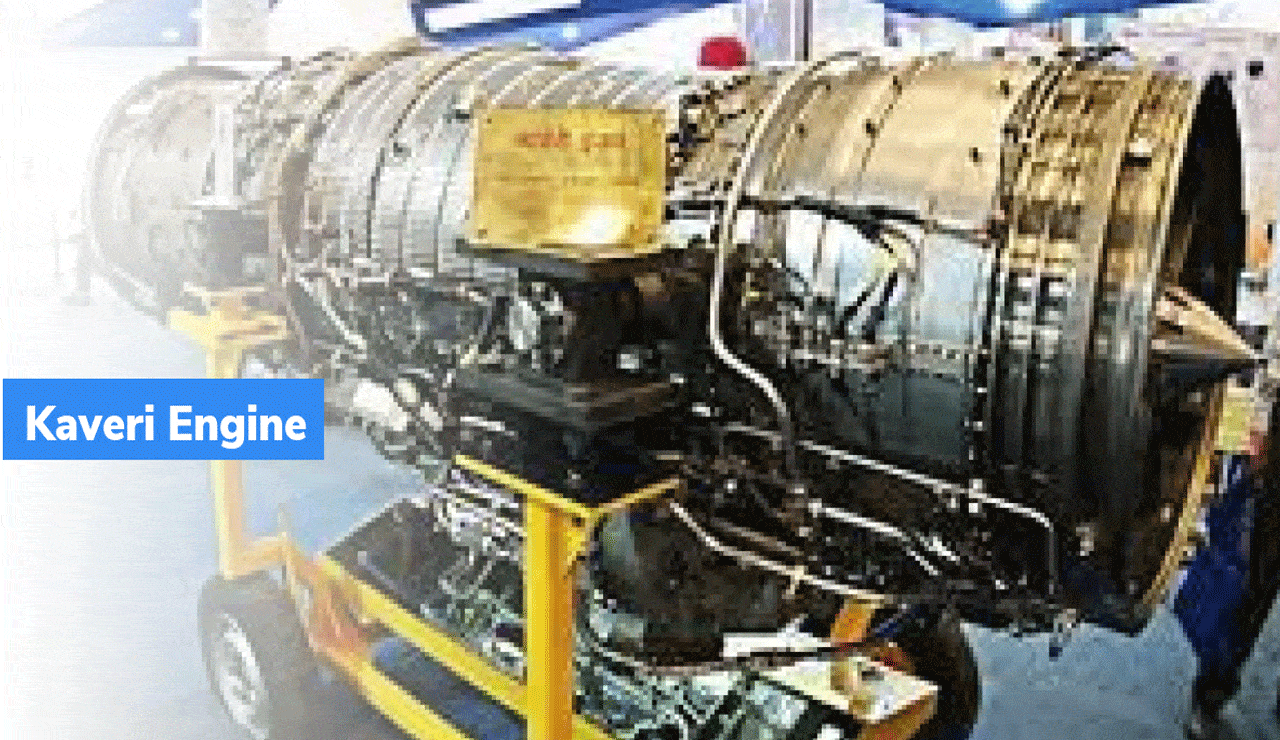India’s Aerospace Future”: What’s Behind the Viral #FundKaveriEngine Movement?
The hashtag #FundKaveriEngine has taken social media by storm since Monday morning, trending heavily on platform 'X' (formerly Twitter).

The hashtag #FundKaveriEngine has taken social media by storm since Monday morning, trending heavily on platform ‘X’ (formerly Twitter). Defense experts, aerospace enthusiasts, and concerned citizens are calling on the Indian government to prioritize and fund the indigenous Kaveri jet engine project, a crucial step towards achieving self-reliance in aerospace technology.
Table of Contents
What is the Kaveri Engine?
The Kaveri Engine is a jet propulsion system developed by the Gas Turbine Research Establishment (GTRE) under DRDO. Initiated in the 1980s, the engine was designed to produce 80 kN thrust and was intended to power India’s indigenous fighter jet, the Tejas. However, the engine fell short in terms of thrust and performance, leading to its removal from the Tejas program.
Setbacks and Challenges in Development
Despite investing thousands of crores, the Kaveri engine project faced multiple technical issues such as low thrust output and excessive weight. International sanctions following India’s nuclear tests further stalled its development. These issues, combined with a lack of domestic testing facilities, forced India to rely on Russia for engine trials. As a result, the project was considered shelved by many.
Revival Through Derivative Version and Private Collaboration
The GTRE later developed a derivative version of the Kaveri engine with key modifications. In 2022, DRDO partnered with Godrej Aerospace to produce eight engines. These engines are not meant for Tejas jets but for the Ghatak UCAV (Unmanned Combat Aerial Vehicle), India’s upcoming stealth drone platform. This move aims to utilize the Kaveri engine technology for unmanned aerial systems.
Strategic Collaboration with France’s Safran
To boost indigenous jet engine manufacturing, India signed an agreement with France’s Safran to co-develop advanced engine technologies. The collaboration focuses on building a more powerful version of the Kaveri engine using new designs, materials, and alloys, including single-crystal blades and scratch control systems. However, developing such cutting-edge aerospace components remains a significant challenge due to a lack of expertise and skilled manpower.
The Need for Funding and Government Support
Defense analysts emphasize that the Kaveri project is essential for India’s strategic independence, reducing reliance on foreign jet engine manufacturers like the US, France, and Russia. They are urging the Modi government to allocate sufficient funds and resources to accelerate progress on the Kaveri engine. With global attention on India’s growing defense capabilities, especially after initiatives like Operation Sindoor, investing in aerospace self-reliance has become more critical than ever.
